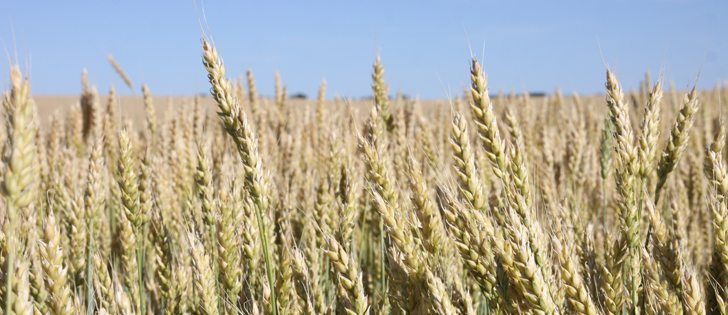Drew Lerner’s 2017 weather forecast for Western Canada came with a larger-than-usual caveat.
“This is the absolute worst time for me to come up and speak to you guys because everything is in flux,” the president of World Weather Inc. told delegates attending CropSphere, an event held Jan. 9-11 in Saskatoon.
There is no El Nino and no La Nina to help guide this year’s forecast. The world is in a state of flux because the atmosphere is “very confused.”
“It becomes very difficult to find patterns because everything is just all stirred up,” he said.
Read Also

U.S. bill could keep out Canadian truckers
The Protecting America’s Roads Act, which was tabled in the U.S. House of Representatives at the beginning of October, would “rid the country of illegal immigrant commercial truck drivers and ineligible foreign nationals.”
When that happens, Lerner usually relies on the 18-year weather cycle to shape his forecast, but looking back on 1999, 1981 and 1963, no real patterns emerge, at least for the winter and spring.
His 30-day forecast through mid-February calls for a warmer bias for the Prairies.
“We have drained the Arctic of any kind of bitter cold.”
He hopes warm weather will gradually melt some of Manitoba’s abundance of snow, which likely contains 64 to 128 milli-metres of water.
The remainder of winter will generally lean toward drier and cooler weather, although Alberta could be warmer than normal.
The only hint Lerner gleaned from the 18-year spring charts is that it’s going to be stormy in the southern United States and that is good news for the waterlogged Canadian Prairies.
“The more storminess they get down there, the better off it will be up here in Canada because all of the energy in the atmosphere will be focused down there,” he said.
The charts finally align for the summer forecast.
“It’s not going to be a dry summer. It’s going to be another one of these years in the wet cycle,” said Lerner.
A weak high-pressure system across the U.S. will lead to frequent storms in the Canadian Prairies.
“It will not be as wet as it was in 2016, but if you’re looking for us to turn dry and start a new pattern towards the dry side, it won’t happen until we get to late summer, if it’s going to happen,” he said.
Lerner warned growers not to count on price help from other regions of the world. Conditions favour good crops in the United States, South America and the Black Sea region.


















